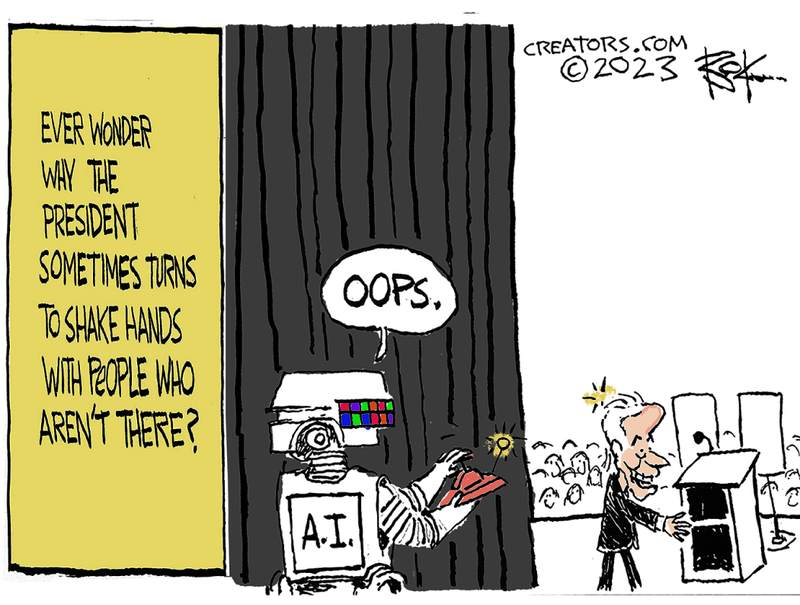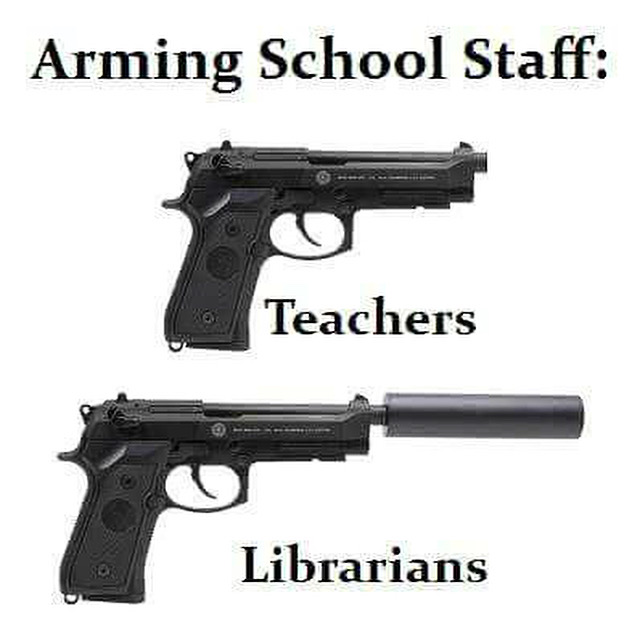REGULATORS SEIZE FIRST REPUBLIC IN SECOND LARGEST BANK FAILURE IN U.S. HISTORY:
Early on Monday, regulators seized the San Francisco-based First Republic Bank and agreed a deal to sell its deposits and most of its assets to JPMorgan Chase, preventing further spiral in the banking industry.
Three of the four largest-ever U.S. bank failures have occurred in the past two months. First Republic Bank, which as of April 13 had $229.1 billion in total assets and $103.9 billion in total deposits, is the second largest bank to go under in U.S. history, behind only Washington Mutual, which went down in 2008. First Republic has been struggling since the failures of Silicon Valley Bank (SVB) and New York-based Signature Bank in March.
Investors and depositors were growing increasingly worried the bank would not survive because of its high amount of uninsured deposits — that is, deposits over the FDIC-insured limit of $250,000. First Republic also had high exposure to low-interest loans. A focus on wealthy clients on both coasts allowed First Republic to grow into one of the biggest banks in America. Large deposits funded low-rate mortgages to wealthy home buyers.
The bank lost $100 billion in deposits in a March run following SVB’s collapse. First Republic struggled to cope with the declining situation until eleven of America’s biggest banks deposited $30 billion into its coffers. That gave the bank breathing room and it tried to turn itself around. First Republic planned to sell off unprofitable assets, including the low interest mortgages, and it also announced layoffs of a quarter of its workforce.
The quarterly report, however, sent investors into panic. With the stock price in freefall and the bank poised for further spiral, regulators considered intervention necessary.
“As part of the transaction, First Republic Bank’s 84 offices in eight states will reopen as branches of JPMorgan Chase Bank, National Association, today during normal business hours. All depositors of First Republic Bank will become depositors of JPMorgan Chase Bank, National Association, and will have full access to all of their deposits,” explained the FDIC in a statement Monday.
“The resolution of First Republic Bank involved a highly competitive bidding process and resulted in a transaction consistent with the least-cost requirements of the Federal Deposit Insurance Act,” the agency added, estimating the cost to the Deposit Insurance Fund to be about $13 billion. The agency is sharing losses on First Republic’s loans.
The FDIC seriously considered a bid from at least one smaller bank — namely, PNC Financial Services, the Wall Street Journal reported.
Both First Republic and Washington Mutual are now substantially owned by JPMorgan. Chairman and CEO Jamie Dimon was instrumental in earlier efforts to rescue First Republic. JP Morgan was one of the eleven banks to intervene in March and Dimon was pushing for additional steps to be taken.
“Our government invited us and others to step up, and we did,” explained Dimon in a statement. “Our financial strength, capabilities and business model allowed us to develop a bid to execute the transaction in a way to minimize costs to the Deposit Insurance Fund.”
“This acquisition modestly benefits our company overall, it is accretive to shareholders, it helps further advance our wealth strategy, and it is complementary to our existing franchise,” Dimon added.
JPMorgan expects the addition of First Republic to add $500 million to its net income per year, not including the approximately $2.6 billion one-time post-tax gain or approximately $2 billion of post-tax restructuring costs expected over the course of 2023 and 2024.




